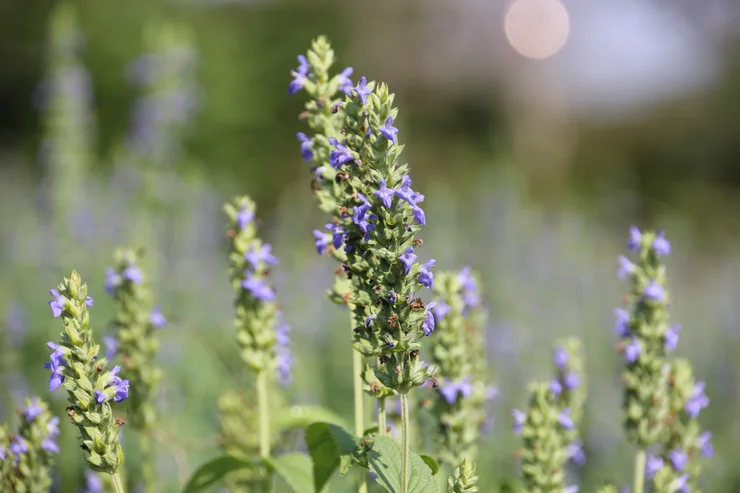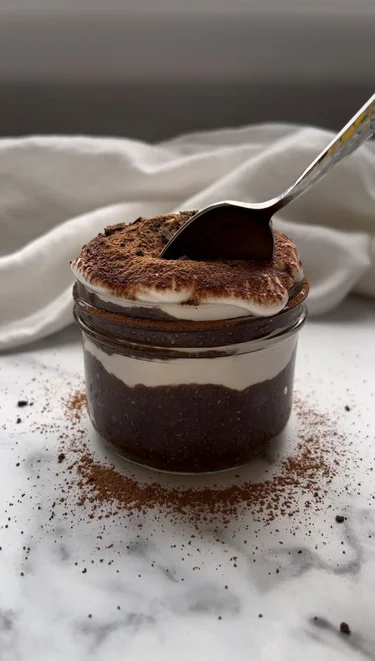Over 3,000 years ago, Mayan and Aztec warriors relied on chia seeds as a crucial source of fuel. They were often the only food they brought on long journeys, since they were small, nutritionally dense, and could be eaten on the run. These seeds were even considered so valuable that they had set tributes and ceremonies to honor them.
Today, chia seeds have earned the status of a superfood, enjoying a prominent place in our smoothies, yogurt bowls, and more. Their popularity stems not only from their impressive nutritional composition but also from the unique gel-like texture they acquire when soaked. This process not only enhances their digestibility but also adds a satisfying thickness to various recipes.
Whether you're new to chia seeds or simply curious about the soaking process, this article will guide you step-by-step on how to soak chia seeds. That way, you can harness their full potential.






